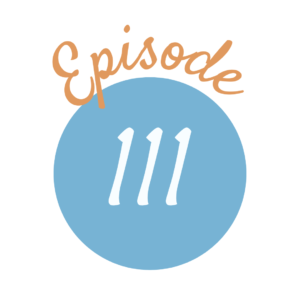
Listen Now:
“It is very helpful to read with a commonplace book or reading-diary, in which to put down any striking thought in your author, or your own impression of the work, or of any part of it; but not summaries of facts. Such a diary, carefully kept through life, should be exceedingly interesting as containing the intellectual history of the writer; besides, we never forget the book that we have made extracts from, and of which we have taken the trouble to write a short review.” (5/260)
“The children keep a dated record of what they see…” (3/236)
“Children should be encouraged to watch, patiently and quietly, until they learn something of the habits and history of bee, ant, wasps, spider, hairy caterpillar, dragonfly, and whatever of larger growth comes in their way.” (1/57)
“Let all he finds out about it be entered in his diary—by his mother, if writing be a labour to him,—where he finds it, what it is doing, or seems to him to be doing; it’s colour, shape, legs: someday he will come across the name of the creature and will recognize the description of an old friend.” (1/58)
“These note-books are a source of pride and joy, and are freely illustrated by drawings (brushwork) of twig, flower, insect, etc.,” (3/236)
“A flower and bird list should always be kept, and also any other lists which interest the individual-fungi, birds’ nests, insects, animals, fossils, etc. These lists work best kept in columns, with the name, number, and date of finding all on one line, and the next underneath and so on. Latin names, and names of families are a great help in classification and Latin names for flowers are invaluable, especially in cases where a single flower has a different name in practically every county.” (The Charm of Nature Study by G. Dowton, The Parents’ Review, Volume 41, 1930)
“In Science, or rather, nature study, we attach great importance to recognition, believing that the power to recognise and name a plant or stone or constellation involves classification and includes a good deal of knowledge. To know a plant by its gesture and habitat, its time and its way of flowering and fruiting; a bird by its flight and song and its times of coming and going; to know when, year after year, you may come upon the redstart and the pied fly-catcher, means a good deal of interested observation, and of; at any rate, the material for science.” (3/236)
“Calendars.––It is a capital plan for the children to keep a calendar––the first oak-leaf, the first tadpole, the first cowslip, the first catkin, the first ripe blackberries, where seen, and when. The next year they will know when and where to look out for their favourites, and will, every year, be in a condition to add new observations. Think of the zest and interest, the object, which such a practice will give to daily walks and little excursions. There is hardly a day when some friend may not be expected to hold a first ‘At Home.’” (1/54)
“Let him never work with figures the notation of which is beyond him, and when he comes to ‘carry’ in an addition or multiplication sum, let him not say he carries ‘two’ or ‘three,’ but ‘two tens,’ or ‘three hundreds,’ as the case may be.” (1/259)
For the Love of Physics, Walter Lewin
Emily’s Bird & Flower List Notebook
(*Affiliate Links)
The Charm of Nature Study, G. Dowton, The Parents’ Review, Volume 41
Nature Work at the House of Education, H.D. Geldart, The Parents’ Review, Volume 9
Some examples of HOE Nature Note-Books:
Blog Post with Bird and Flower List examples
Sabbath Mood Homeschool’s Blog Post on the Science Notebook







This was such a helpful episode. I have the commonplace book I kept as a teenager with quotations and poetry. I don’t really remember why I started keeping it, but I was probably inspired by an LM Montgomery book or something similar. I love looking back on it – it’s so interesting to see what I was reading and thinking, and I ended up memorising most of the poems in it, which has been really enjoyable.
Katie, thank you for sharing your experience. I hope it inspires you further to pick up that habit again.
Liz
Yes! So helpful to try to get all thi stuff straight!
Thank you for all your wonderful advice! I have a question about the French notebook mentioned in the podcast. My children are pre-schooling age so we have not begun formal lessons, but I have started introducing them to French (which I fortunately speak). I am also reading Volume One currently and I am curious how the French notebook may have been structured. I have never seen an example of that kind of notebook. Do you have any suggestions of where I might find an example? I want to make our French lessons more intentional while also keeping it “by the way”. Thank you!
We’ve never come across any specifics, probably because this isn’t meant to be a complicated affair. Just a list of words that the child knows. If you were really wanting to go all out, you could divide it by parts of speech.
Pingback: The Evolution of my Nature Notebook by Nicole Williams - Charlotte Mason Institute